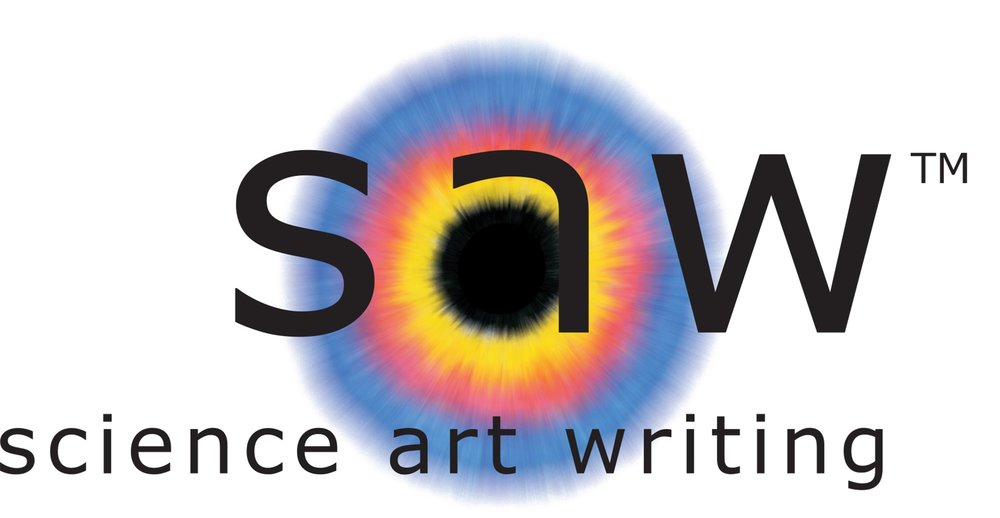UBNFC Annual Meeting 2019
The 2019 UBNFC Annual Meeting was held on Tuesday, 27th & Wednesday, 28th August 2019 and will be held at Porto Alegre,
More news to follow…
The Third UBNFC Annual Meeting,
August 2018
Members of the two Virtual Joint Centres in UK and Brazil met in Foz do Iguaçu, Brazil for the UBNFC Annual Meeting on 29th August 2018.
Members from UK and Brazil were updated on progress of the research that has been carried out by each institute. Following the presentations the group divided for a Breakout session to enable deeper discussion on the research and the potential for future collaborations.
Joint Meeting between the two UK and Brazil Virtual Joint Centres on Agricultural Nitrogen, November 2017
Experts from the UK and Brazil have joined forces to address the challenges and opportunities for agricultural nitrogen science in Florianopolis, Brazil.
In the first meeting of its kind 24 leading experts from the UK and Brazil came together to find practical, low cost solutions that make more effective use of nitrogen (N) in agriculture, while attempting to decrease N pollution losses to the environment either to the atmosphere or through the soil.
UBNFC led by Ray Dixon, Professor of Molecular Microbiology at the John Innes Centre and NUCLEUS led by Sacha Mooney, Professor of Soil Physics in the School of Biosciences at the University of Nottingham focus on improving nitrogen use efficiency from both the agronomic and biological perspectives.
The workshop was funded by the Biotechnology and Biological Research Council (BBSRC) via the Newton Fund.
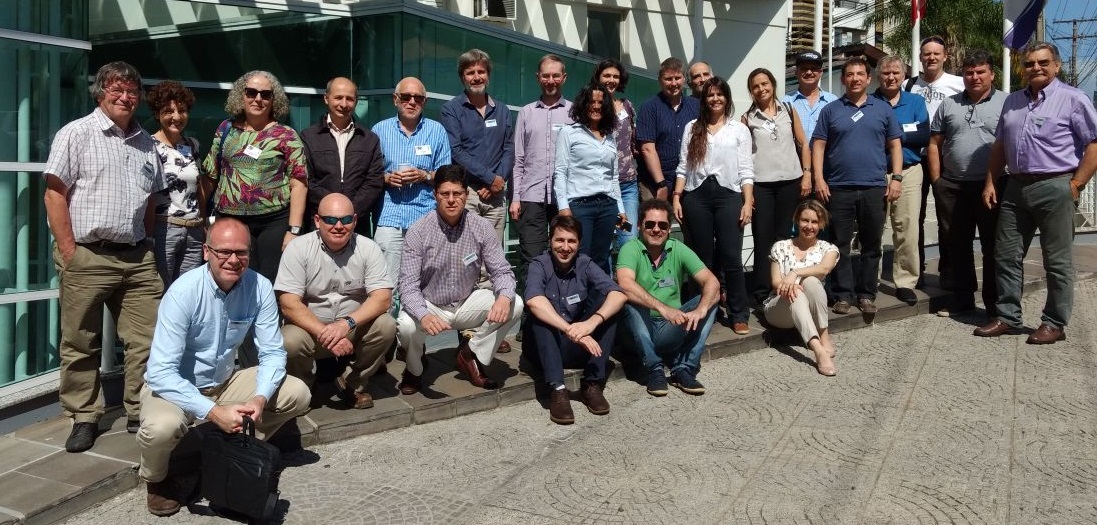
Members of NUCLEUS and the UBNFC
The meeting revealed the overlapping goals of the two research centres and identified several opportunities for collaboration that will develop the scientific and practical outcomes for the benefit of Brazilian and UK agriculture.
Professor Dixon said: “We are very grateful to the BBSRC for supporting this meeting to explore synergies between the two UK-Brazil virtual joint centres on agricultural nitrogen. The outcome of our discussions has uncovered exciting new opportunities to mitigate the impact of nitrogen fertilisers on the environment and increase agricultural productivity in Brazil through enhanced use of biological nitrogen fixation and improved agronomic practices.”
Professor Mooney said: “While our two centres are following different approaches, the potential synergies are clear. In NUCLEUS we have shown that combinations of natural soil amendments and leguminous trees planted between crops have the capacity to provide similar quantities of nitrogen to that from artificial fertilizers. For important non-leguminous crops like maize and rice, UBNFC are isolating second generation bacterial inoculants that have great potential for supplying fixed N to plants when added to soil – although this is yet to be tested in the field.”
“We have developed new plans to exchange ideas and scientists in the coming year to test this combination of approaches. We are all really excited by the potential this offers.”
Explaining the problem of managing nitrogen in Brazil, Professor Ciro Rosolem from São Paulo State University said: “Most tropical, weathered soils have low mineral N, and the introduction of legumes in crop rotation is one way to naturally increase soil N. However, heavy rainfall on fragile, tropical soils can lead to significant losses of N by leaching through the soil. The NUCLEUS project is seeking to understand which crop species are best at scavenging N from deeper in the soil and recycle it for the next crop, thus reducing the need for fertilizer inputs and improving nitrogen use efficiency”.
UBNFC is pioneering an alternative approach – biological nitrogen fixation (BNF). Professor Emanuel de Souza from the Federal University of Paraná said: “We are using nitrogen-fixing bacteria as a sustainable source of fixed N. We believe this approach also has the potential to significantly reduce the input of chemical fertilisers in agriculture and mitigate the environmental and economic impacts of reactive nitrogen pollution.”
The meeting revealed the overlapping goals of the two research centres and identified several opportunities for collaboration that will develop the scientific and practical outcomes of the research for the benefit of Brazilian and UK agriculture.
NUCLEUS and UBNFC are funded by BBRSC in the UK and in Brazil via FAPESP (NUCLEUS) and CONFAP (Fundação Araucária – UBNFC; FAPEG and FAPEM – NUCLEUS).
UK-Brazil Nitrogen Fixation Centre Second Annual Meeting, November 2017
In their second Annual meeting, members of the UBNFC came together to discuss research progession in Florianopolis, Brazil.
Following on from the last Annual Meeting in Rio de Janeiro last year, a representative from each institute presented their data. This gave many of our early career scientists a chance to talk to the network and gain feedback on the data.
Day two provided time for a breakout session where the participants were split into two groups (details) so that project leaders who work on similar work packages could discuss their findings in finer details. These sessions really help to promote collaboration as well as knowledge exchange. Feedback was then given once the whole network reassembled.
The management and administration of the UBNFC was discussed in the afternoon of day two, covering a range of topics including funding, contracts and outreach projects. A summary of the outreach projects over the past year was described and further activities to take place in Brazil were discussed with plans to be put in place in the new year.
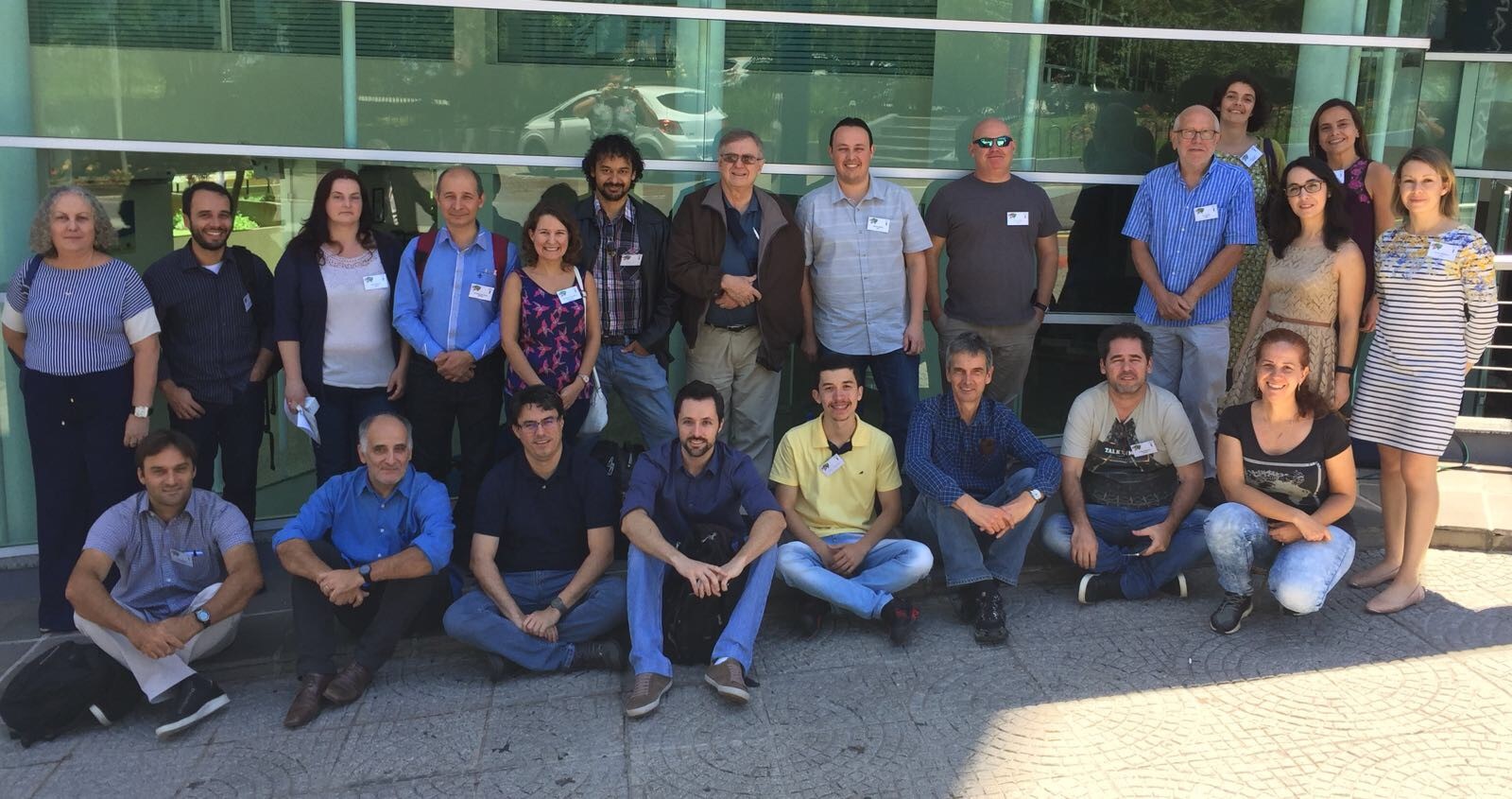
Members of the UBNFC congregate in Florianopolis, Brazil for their second annual meeting
Science Art and Writing (SAW) workshop
West Earlham Junior School, Norwich, Tuesday 10th October 2017
As part of the impact activities of the UBNFC, we have teamed up with the SAW Foundation to design events in schools that use cross-disciplinary approaches to stimulate creativity and scientific curiosity. SAW provided a coordinator for this workshop, who arranged a framework for the day, organised a school to participate and sourced an artist and writer to work alongside us.
Introduction
The day started with an introductory game to give the year 4 children a chance to ‘warm up’ and to get to know the adults leading the workshop. The aim was for the children to guess which person was a scientist, artist or writer. Interestingly, a large majority of the children rightly guessed that Ray Dixon was a scientist, but there were mixed guesses for the female scientists. The children thought they were more likely to be an artist or writer.
Science
We began with a simple talk explaining the science concepts behind the practical activities; what bacteria are and the importance of nitrogen to living organisms. This talk also included a brief mention of the international nature of science, exemplified by our UK-Brazil virtual joint centre; with researchers working together on a single project but being physically located in different parts of the world.
Finally, eight key science images that were chosen to provide a link between the science, poetry and art sessions were discussed with the class:
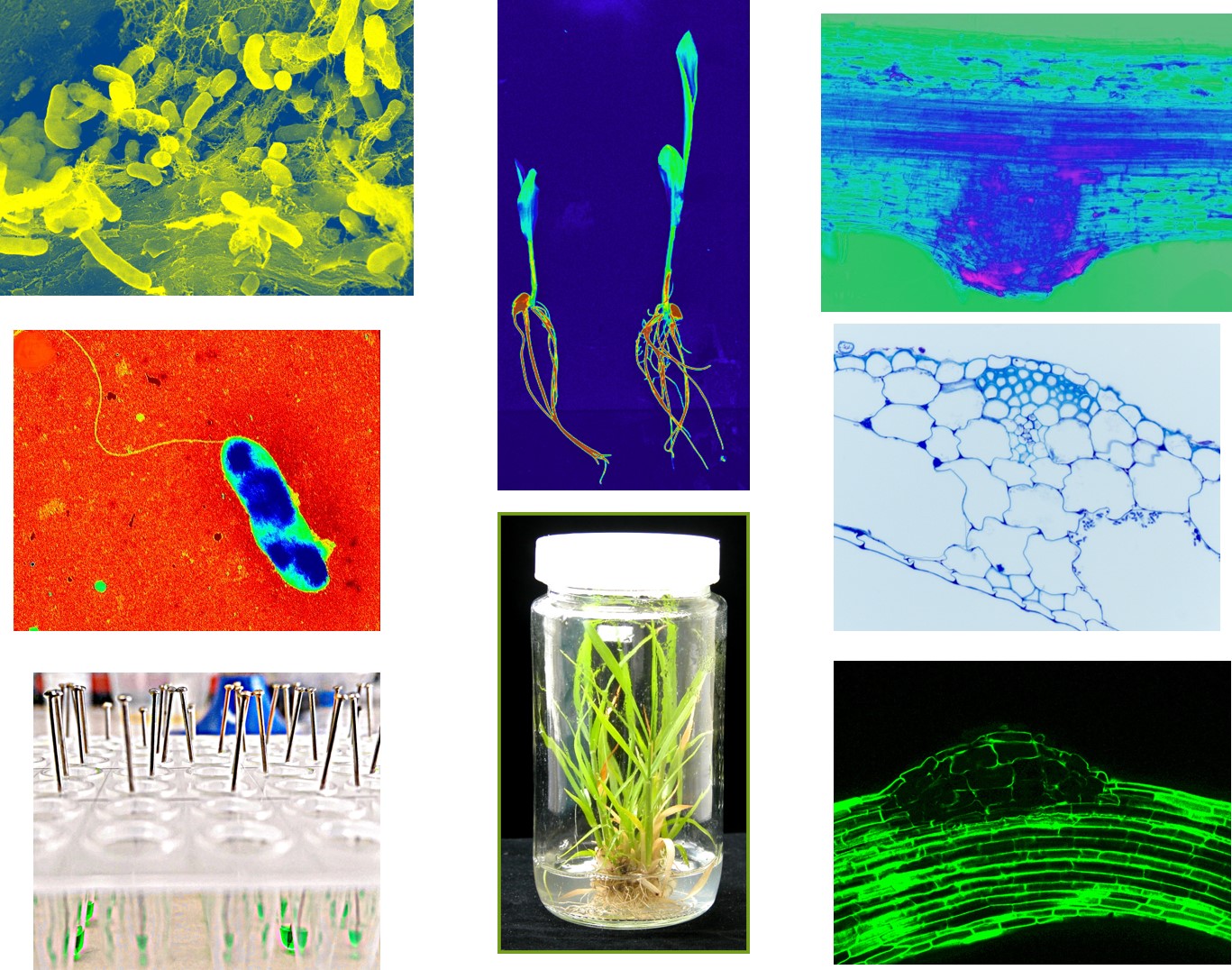
The week before our project we prepared plates of soil samples in the lab and delivered them to the school for the children to observe. The teacher told the class that the plates had mysteriously arrived and over the following days asked the children to describe any changes they noticed on the plates. So, after looking at the images we asked the children about the plates and listened to what the children thought these colonies were. Ideas included “little animals”, “hair”, “special gel” and rather impressively “bacteria” ! From this introduction we told the children that they would now have the opportunity to make their own soil plates. The practical was started in earnest with much enthusiasm for wearing lab coats and bright orange gloves. The children went outside into the school playground to take soil samples and used a variety of common lab equipment to prepare their own plates.
The next set of activities were run concurrently to make the most of the time. One half of the class played the “symbiosis pairs” game. We designed this game to help the children understand how two organisms have to rely upon one another to survive. The remainder of the class used junior microscopes to look at bacterial colonies and to study the nodules found on the roots of pea plants.
Writing
After a morning of science, our writer took the lead for the middle part of the day. In this session, the writer encouraged the children to write poems using the scientific terms that they had heard during the morning. This was an excellent activity where many of the children showed the ability to apply what they had learnt to a different medium. Many of the poems showed huge imagination and where very entertaining to listen to as the children read them aloud.
Science on Flowers
“Go ahead take a look under the microscope, maybe there is a big bit of bacteria inside.
Go ahead take a look, maybe there’s a face on it or is there a car on top.
Or is there a hat inside.
Or maybe there might be a big giraffe.
The plant needs bacteria quick!
Get the plant some bacteria
Oh, no, bacteria needs a plant to help it grow and live in perfect symbiosis”
The Door
“Go, open the door,
Maybe you will see
A symbiosis bond like
A honeybee and a sunflower, go, open the door
Don’t let a very loud
Noisy noise stop you
What are you waiting for? Go open the door.
Maybe you will see a microscope, go take a glimpse
Maybe you will see a very special jelly growing smelly bacteria inside a container,
And a nodule just waiting to be used”
Art
In the final session of the day, our artist had taken inspiration from some of our scientific images and devised artistic methods for the children to use to recreate the images. A particularly effective technique was to blow bubbles into a tray of paint containing detergent and then lay paper over the top of the bubbles. The effect given was remarkably similar to the pattern shown by a stained and magnified cross-section through a root.

Bubble art (left) and stained/magnified root (right). The children used an artistic technique to recreate a scientific image.

Oil Paints (left) and magnified bacteria (right). The children used a layering technique to recreate a scientific image.

Children’s art, influenced by what they viewed down the microscope
Feedback
The majority of the children showed huge enthusiasm for the activities we organised for them. They learnt new words (quite advanced and technical biological terms) and were then able to apply them to a new situation (the poetry). Most of the class had never had this type of experience before and the teacher was very happy that we were able to provide such good quality learning. It was enjoyed by the class, the teaching staff and by the SAW team.

Acknowledgements – Thanks goes to Jenni Rant (SAW Coordinator), the staff at West Earlham Junior School and to the BBSRC for funding this workshop.
Science Engagement at St. Michaels Junior School, Norwich (08/06/2017)
Today I was invited to speak to year 4 pupils (8/9 yrs) at St. Michaels Junior School in Norwich as part of their career and enterprise week. I spoke to four classes and to each posed the question “What is a scientist?” To my delight many of the children came up with some wonderful answers including (my favourite) “someone who wants to make the world a better place”. Other answers included “someone who plays around with funny colour potions” and “someone who looks at DNA”. It was a good start!

We moved onto “what types of scientists are there?” and we discussed that there were scientists who made medical breakthroughs, “rocket scientists” and of course those that worked in ways to sustain food production.
The teachers had asked me to mention my specific route to becoming a scientist and so in order to try and relate to the children I mentioned that my interest in science started at their age when I was fond of dinosaurs and searching for fossils along the beach. Amusingly, with such inquisitive minds this turned into a barrage of questions concerning DNA and the possibility of a real-life Jurassic Park…at this point my mind wondered to CRISPR but thought that might just blow their minds a bit too much!

We finished on some points about how science spans the globe with scientists in different countries working on international projects together. This seemed a surprise to many of the children who had a preconception that scientists worked alone in the lab.
It was heart-warming to hear children saying that they thought being a scientist sounded interesting and many had a good basic grasp of some concepts such as what a cell is for example. Lets hope there was a few budding scientists in those classrooms!
J. Wilkinson
UK-Brazil Nitrogen Fixation Centre Start-up meeting November 17th/18th 2016 Universidade Federal do Rio de Janeiro, Brazil
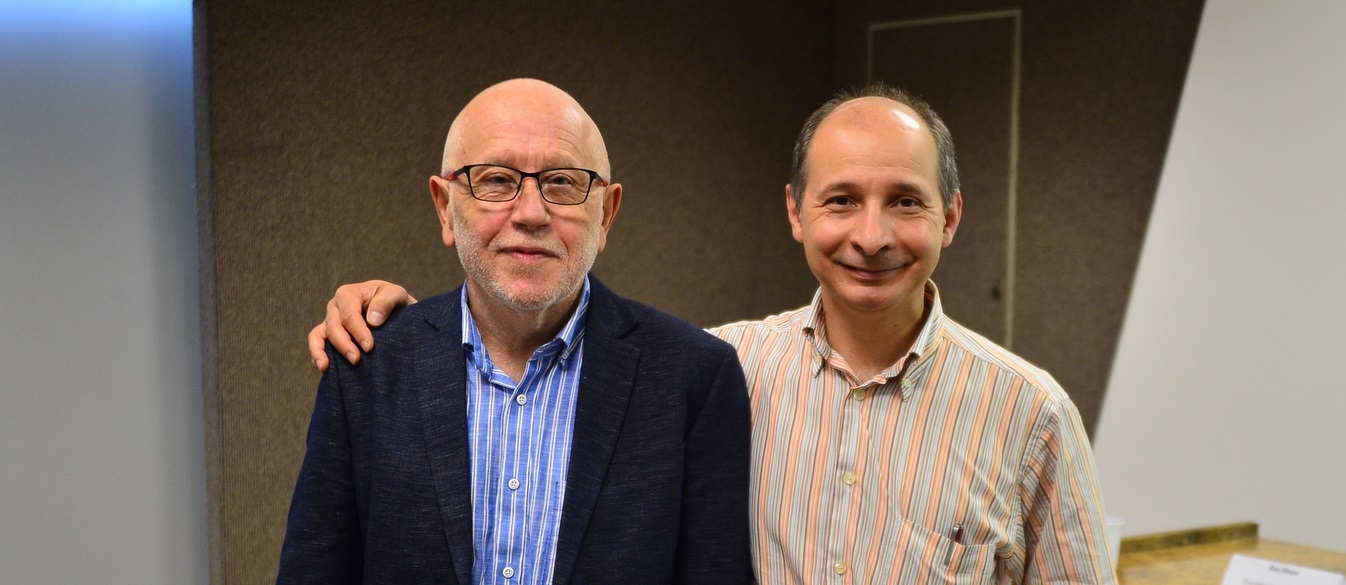
UBNFC Lead Scientists – Ray Dixon (JIC, Norwich) and Emanuel Souza (UFPR, Brazil). Image courtesy of P. Chaffin
The first annual meeting of the UBNFC was well attended by members of the network representing all of our Brazilian and UK institutions.
Day one began with an opening ceremony with invited speakers; Russolina Zingalli (Director – Institute of Medical Biochemistry, UFRJ) and Jerson Silver (Scientific Director – FAPERJ), followed by introductory speeches from our Brazilian and UK project leaders, Emanuel De Souza (UFPR) and Ray Dixon (JIC) respectively. All speakers spoke of their huge enthusiasm for this Newton-funded virtual joint centre, their hopes for the success of the research and the challenges that lie ahead.
The rest of the day continued with presentations given by research leads from each institution, setting the scene about where their research fits into the grant. Hearing from each of the project leads gave a real insight into the depth and complexity of the research and really highlighted how the specialities of each research group complement one another.
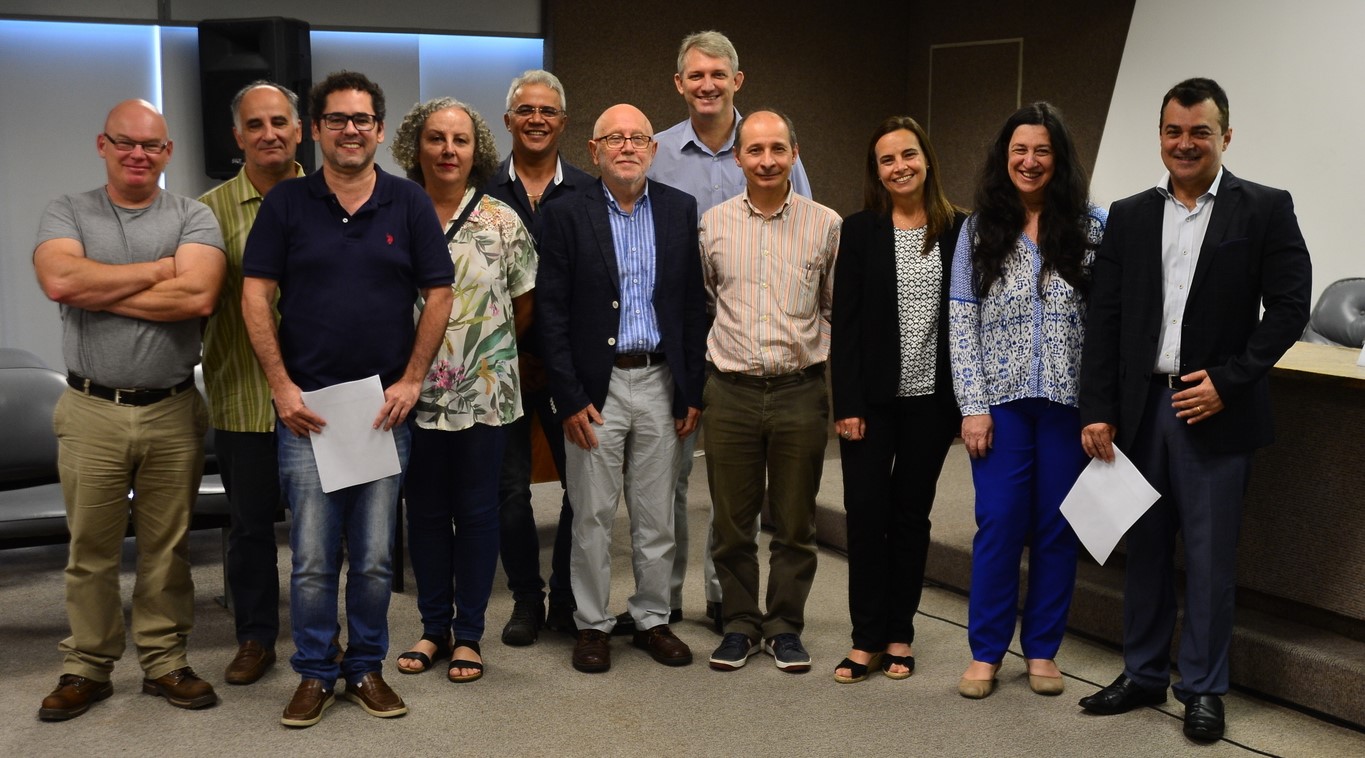
L-R Euan James (HI), Paulo Ferreira (UFRJ), Fabio Oliveres (UENF), Veronica Massena Reis (Embrapa), Jean Luiz Araujo (Embrapa), Ray Dixon (JIC), Andrew Macrea (UFRJ), Emanuel Souza (UFPR), Adriana Hemerly (UFRJ), Russolina Zingalli (UFRJ), Jerson Silver (FABERJ). Image courtesy of P. Chaffin
The format of day two was more interactive and was designed to bring the network members together to discuss how best to allocate the workload and to utilise scientific and financial resources more effectively. This was a further opportunity for some of the newer members of the network to understand how this research project will progress over the course of the grant.
Thanks goes to all members of the UBNFC who participated in our first annual meeting. It was agreed by all that it was a very successful event which has provided a catalyst for the research. Appreciation is also shown to Adriana Hemerly and her colleagues for organising the venue and working hard to make this an accomplished event.

